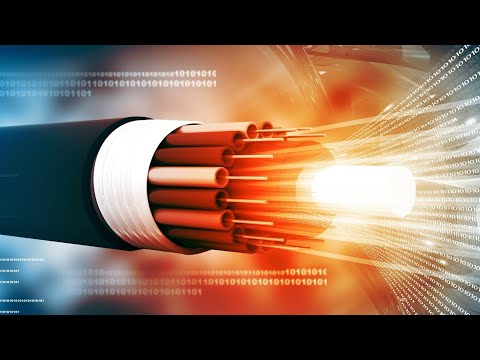There's nothing quite like settling in for a night of television. Whether you're watching the latest drama series, catching up on the news, or cheering on your favorite sports team, TV has been a source of entertainment and information for generations. And now, with the latest HDTV technology, the viewing experience has been taken to a whole new level.
High-definition television, or HDTV, is a type of digital television that offers higher resolution, better picture quality, and enhanced sound. It provides sharper images, more vibrant colors, and a more immersive experience for viewers. And with the availability of HDTV cable service, audiences across the USA can now enjoy the benefits of this technology in their own homes.
The Benefits of HDTV Cable Service
There are a number of benefits to having HDTV cable service, including:
- Location-based programming: With HDTV cable service, viewers can access programming specific to their region, including local news and sports.
- More channel options: HDTV cable service offers a wider selection of channels than traditional cable, with many networks providing both standard-definition and high-definition versions of their programming.
- Enhanced viewing experience: HDTV cable service provides better picture quality and sound, creating a more immersive viewing experience for audiences.
- Ability to record and pause live TV: Many HDTV cable service providers offer DVR service, allowing viewers to record and pause live television.
Personal Anecdotes
But don't just take our word for it. Here are some personal anecdotes from satisfied customers:
"Since switching to HDTV cable service, I've been blown away by the picture quality. It's like watching my favorite shows and movies in a whole new way."
- Sarah G., Los Angeles, CA
"The ability to pause and rewind live TV has been a lifesaver for me. I never miss a moment of my favorite shows, even when life gets in the way."
- Tom F., Chicago, IL
"I love being able to watch local sports teams in high-definition. It's like I'm right there in the stadium!"
- Emily L., Boston, MA
The Latest HDTV Technology
As technology has continued to advance, so too has the quality of HDTV. The latest HDTV technology includes:
- 4K Ultra HD: 4K Ultra HD is the latest in HDTV technology, offering even higher resolution, more vivid colors, and greater contrast. It provides a more lifelike viewing experience than ever before.
- Smart TV: Smart TVs connect to the internet, allowing viewers to access streaming services like Netflix, Hulu, and Amazon Prime directly from their TV.
- High Dynamic Range (HDR): HDR technology provides a wider range of colors and greater contrast, resulting in a more intense and immersive viewing experience.
- Virtual Reality (VR): While still in its infancy, virtual reality technology is poised to revolutionize the way we watch television, offering a completely immersive viewing experience.
Conclusion
Television has come a long way since the days of black and white sets with rabbit ear antennas. HDTV cable service has taken the viewing experience to a whole new level, offering better picture quality, location-based programming, and more channel options than ever before. And with the latest HDTV technology, including 4K Ultra HD, Smart TVs, and HDR, the future of television looks brighter than ever. So why not elevate your own viewing experience with HDTV cable service today?






